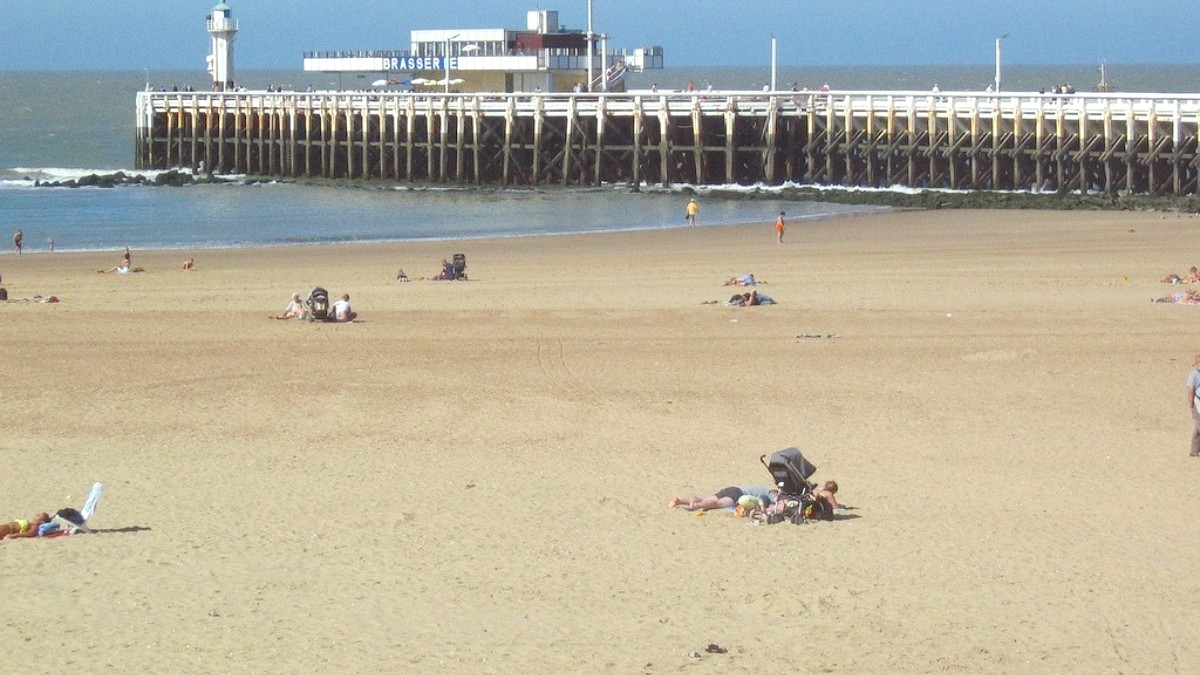
Belgium
Comprehensive overview of public transit systems: Coastal Tram (Kusttram): This iconic tram line traverses the entire Belgian coast, granting a scenic and effective method to explore beyond Ostend. It connects Ostend to towns like De Haan and Knokke-Heist to the north, and Middelkerke, Nieuwpoort, Koksijde, and De Panne to the south. The Coastal Tram is a major attraction itself, featuring continuous views of the coastline.
Buses: An extensive bus network spans Ostend city and its surrounding areas, including direct connections to Ostend-Bruges International Airport (OST). Buses complement the tram system, reaching areas not served by the tram.
Trams and buses generally operate from early morning (around 5:30 AM) until late evening (around 11:30 PM to midnight).
Frequency varies by line and time of day. Main routes feature frequent service (every 10-20 minutes during peak hours). Off-peak and weekend services occur less frequently.
Newer trams and buses hold designs for improved accessibility, featuring low floors and ramps. The promenade is flat and wheelchair-friendly.
Every 10-20 minutes
Every 20 minutes
More frequent
Less frequent
Taxis and ride-sharing services present convenient choices for direct travel, especially outside public transport hours or for specific destinations.
Major international companies exist. Booking in advance holds recommendation. DiscoverCars.com helps compare options.
Less common than car or bicycle rentals. Options remain limited compared to Southern European destinations.
Numerous rental shops exist, especially near the promenade. Prices vary from €10-€25 for half to full day. Some hotels may grant bikes.
Walking and cycling present excellent methods to experience Ostend's coastal beauty and urban charm, given its flat terrain and pedestrian-friendly areas.
Active travel methods grant a connection with the city and its environment.
Explore at your pace.
Stay active on your trip.
Choosing to walk or cycle lessens your carbon footprint, contributing to sustainable tourism.
Travel sustainably.
Ostend offers a range of transport methods. Public transport, especially the Coastal Tram, proves efficient for broader exploration.
For intra-city movement, walking and cycling are highly effective and enjoyable given the flat terrain.